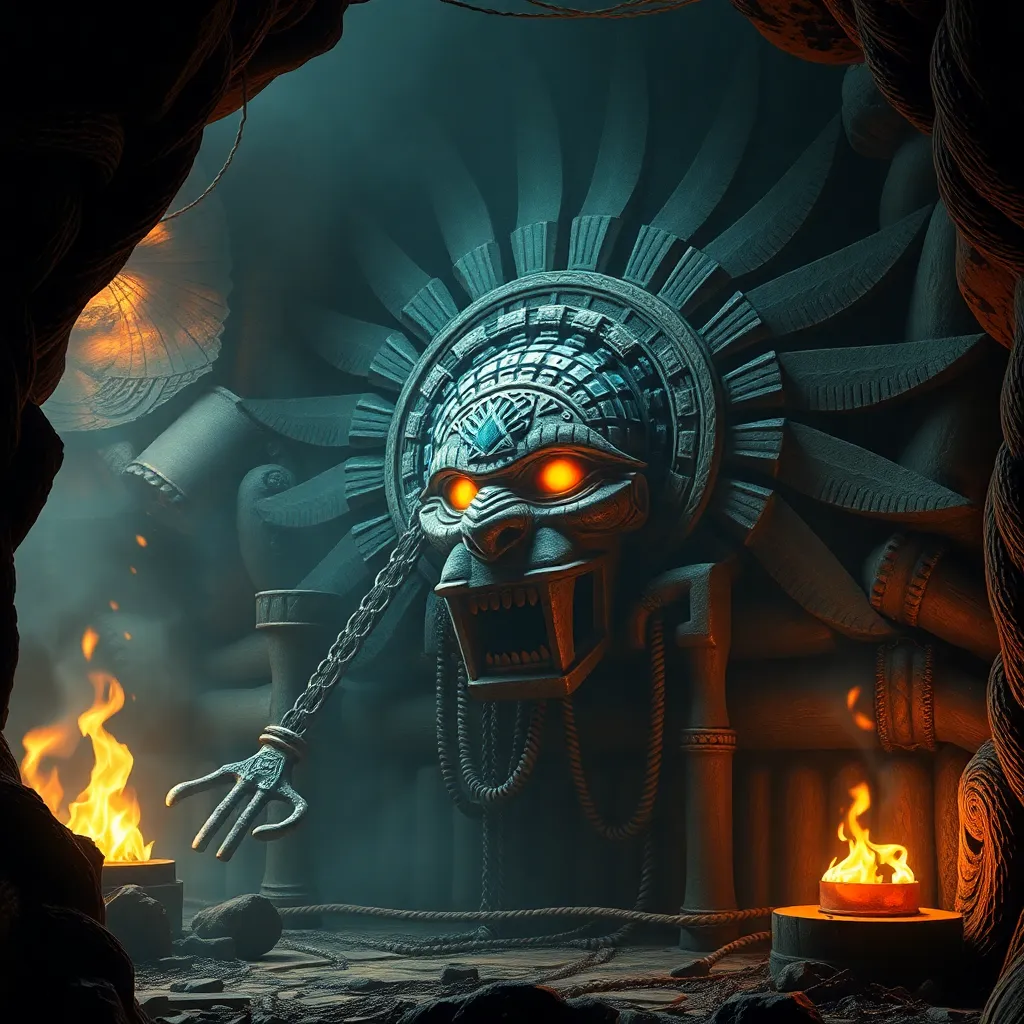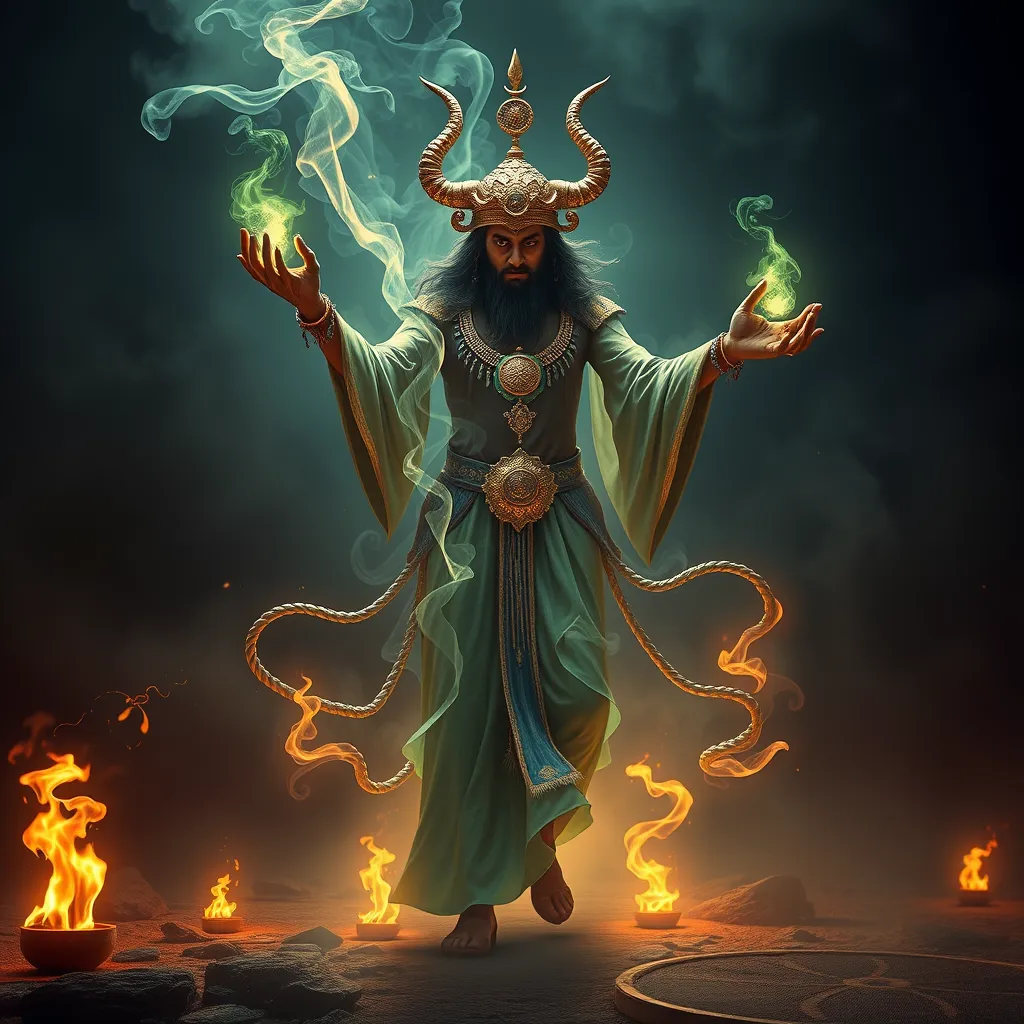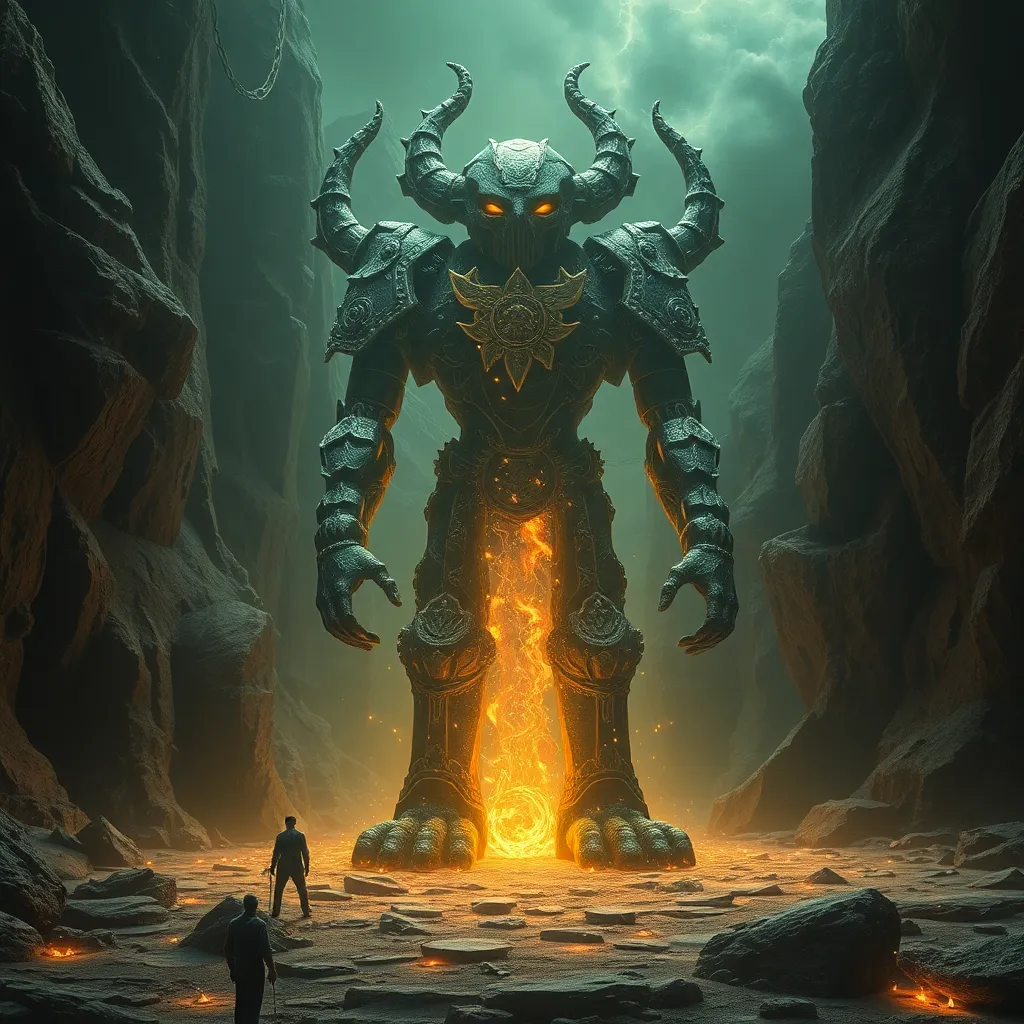The Heart of the Aztec Underworld: Mictlan and the Role of Ah Puch
I. Introduction
The Aztec civilization, known for its rich mythology and intricate belief systems, held profound views regarding the afterlife. Central to these beliefs was the concept of Mictlan, the underworld, a place where souls journeyed after death. This realm was governed by Ah Puch, the god of death, whose significance in Aztec mythology is both compelling and complex.
II. Mictlan: The Aztec Underworld
A. Description and structure of Mictlan
Mictlan is depicted as a vast and intricate underworld, composed of nine distinct levels. Each level presents unique challenges and landscapes that souls must navigate.
1. The nine levels of Mictlan
- First Level: Chiconahui Mictlan – The place of the dead.
- Second Level: Tlalocan – A watery, lush expanse.
- Third Level: The Land of the Dead Animals – Where animals accompany their owners.
- Fourth Level: The Windy Place – A realm of strong winds and storms.
- Fifth Level: The Place of the Blackened – A dark and ominous area.
- Sixth Level: The Place of the Damned – A realm for the wicked.
- Seventh Level: The Place of the Cold – A frigid and desolate landscape.
- Eighth Level: The Place of the Great Death – Where souls undergo trials.
- Ninth Level: The Final Resting Place – The ultimate destination for souls.
2. Key features and landmarks
Each level is marked by its own significant features, such as rivers, mountains, and obstacles that souls must overcome. The journey through Mictlan is not only a physical passage but also a spiritual trial, emphasizing the importance of perseverance and the need for guidance.
B. The journey of the soul through Mictlan
1. Importance of rituals and offerings
Rituals and offerings played a crucial role in aiding the deceased on their journey through Mictlan. Families would provide items such as food, tools, and personal belongings to help their loved ones navigate the underworld’s challenges.
2. Challenges faced by souls
Souls faced numerous trials, including navigating treacherous landscapes and overcoming obstacles set by the guardians of Mictlan. These challenges were believed to test the worthiness of the soul, determining whether they would find peace or face eternal unrest.
III. Ah Puch: The God of Death
A. Overview of Ah Puch’s origins and attributes
Ah Puch, also known as the Lord of Death, was a pivotal figure in Aztec mythology. Often depicted as a skeletal figure adorned with symbols of decay, he represents the inevitability of death and the cycle of life.
B. Iconography and representations in Aztec art
In Aztec art, Ah Puch is frequently represented with skeletal features, often accompanied by symbols of death such as skulls and bones. His imagery serves as a reminder of mortality and the transient nature of life.
C. Ah Puch’s role in the cycle of life and death
Ah Puch is not merely a harbinger of death; he is also a vital part of the natural cycle of life. His role emphasizes the idea that death is a necessary transition, leading to rebirth and regeneration within the cosmos.
IV. The Significance of Death in Aztec Culture
A. Attitudes toward death and the afterlife
In Aztec culture, death was not feared but revered. The afterlife was considered a continuation of existence, and Mictlan was viewed as a necessary passage for all souls, regardless of their earthly deeds.
B. The duality of life and death in Aztec philosophy
The Aztecs embraced the duality of life and death, understanding that both concepts were intertwined. This belief influenced their rituals, art, and overall worldview.
C. Festivals and rituals honoring the dead
Festivals such as the Day of the Dead (Día de los Muertos) are rooted in these ancient beliefs. They celebrate the lives of deceased ancestors through vibrant rituals, food offerings, and communal gatherings, illustrating the enduring connection between the living and the dead.
V. The Path to Mictlan
A. Souls’ journey and the significance of guidance
The journey to Mictlan was believed to be perilous, requiring guidance from the living. The souls needed assistance to navigate the dangers that lay ahead, emphasizing the importance of community and familial bonds.
B. The role of priests and shamans in assisting souls
Priests and shamans played essential roles in guiding souls to Mictlan. They performed rituals to ensure safe passage and to appease Ah Puch, invoking his favor for a smooth journey.
C. The importance of funerary practices
Funerary practices were paramount in Aztec society. Proper burial rites, offerings, and rituals were believed to facilitate a soul’s journey to Mictlan and ensure it received the necessary provisions for the afterlife.
VI. Ah Puch’s Influence on Aztec Society
A. The impact of Ah Puch on daily life and culture
Ah Puch’s presence permeated everyday life in the Aztec civilization. His influence could be seen in art, literature, and the rituals surrounding death, shaping cultural norms and practices.
B. Myths and stories featuring Ah Puch
Numerous myths recount tales of Ah Puch, illustrating his role in the cosmos and the importance of respecting the forces of death. These stories served as moral lessons and reflections on the human condition.
C. Ah Puch in relation to other deities and cosmic order
Ah Puch was not an isolated figure; he existed within a complex pantheon of deities, each with their specific roles in the cosmic order. His relationship with gods like Quetzalcoatl and Tezcatlipoca highlighted the interconnectedness of life, death, and rebirth.
VII. Modern Interpretations and Legacy
A. Mictlan and Ah Puch in contemporary culture
Today, Mictlan and Ah Puch continue to resonate in contemporary culture, often referenced in literature, art, and popular media. They symbolize the enduring fascination with mortality and the afterlife.
B. Influence on literature, art, and popular media
The themes surrounding Mictlan and Ah Puch have inspired countless works of art, literature, and film, reflecting humanity’s ongoing quest to understand death and the afterlife.
C. Preservation of Aztec beliefs in modern spirituality
Elements of Aztec spirituality, including reverence for Mictlan and Ah Puch, have been preserved in modern spiritual practices, illustrating the lasting impact of these ancient beliefs on contemporary society.
VIII. Conclusion
In summary, Mictlan serves as a profound representation of the Aztec understanding of the afterlife, while Ah Puch embodies the complexities of death within their mythology. The legacy of these beliefs continues to influence modern culture, reminding us of the intricate relationship between life, death, and the perpetual journey of the soul.
As we reflect on the significance of Mictlan and the role of Ah Puch, we gain insight into the enduring human struggle with mortality and the hope for continuity beyond this life.



